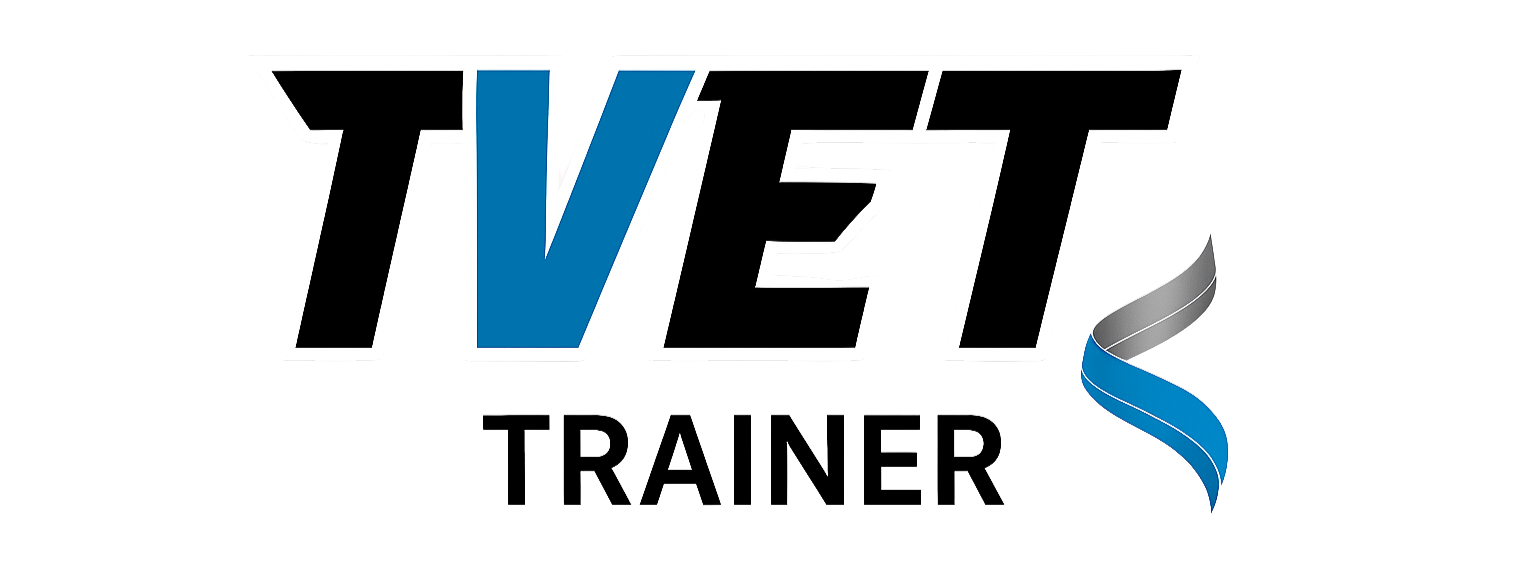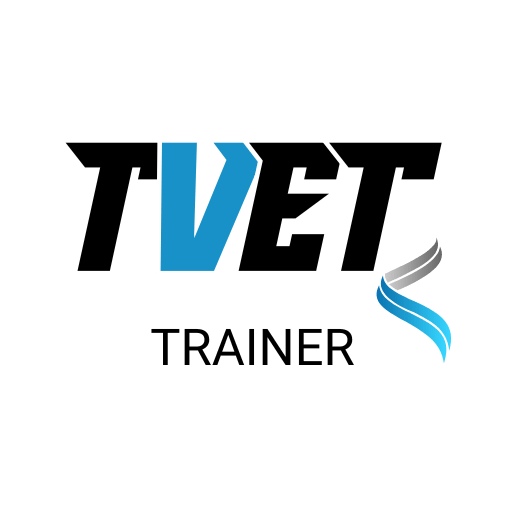Learner Management Information Systems (LMIS) have become increasingly important in education as institutions seek to make more informed, data-driven decisions to improve learner outcomes. This article will explore LMIS's benefits and its role in supporting data-driven decision-making in educational institutions.
For a thorough understanding of managing information in the education sector, refer to the Department for Education and Skills' report Managing Information Across the Sector.
A Learner Management Information System (LMIS) is a software application or platform that enables educational institutions to collect, manage, and analyse data related to their learners. This data can include information on learner demographics, enrolment, attendance, performance, and progress. By consolidating this data into a centralised system, institutions can gain valuable insights to inform decision-making and improve educational outcomes.
Benefits of Implementing an LMIS
Data-driven decision-making: An LMIS provides educational institutions with the data and insights they need to make evidence-based decisions, enabling them to allocate resources more effectively, identify areas for improvement, and develop targeted strategies to enhance learner outcomes.
Enhanced communication and collaboration: By centralising learner data in a single system, an LMIS facilitates communication and collaboration among educators, administrators, and other stakeholders, ensuring that everyone has access to the same information and can work together to support learner success.
Improved efficiency: An LMIS can automate and streamline many administrative tasks, such as enrolment, attendance tracking, and reporting, freeing up time and resources dedicated to teaching and learning.
Personalised learning: With access to comprehensive learner data, educators can better understand each learner's unique needs and abilities, enabling them to develop personalised learning experiences that cater to individual strengths and weaknesses.
Monitoring and evaluation: An LMIS allows institutions to track learner progress and performance over time, enabling them to evaluate the effectiveness of their teaching strategies, curriculum, and interventions and make adjustments as needed.
Compliance and reporting: An LMIS can help institutions meet regulatory and reporting requirements by providing accurate, up-to-date data on learner performance and progress.
LMIS Implementation Framework
In TVET, managing learner information efficiently and securely is paramount. A Learning Management Information System (LMIS) is a centralised platform to handle various aspects of data management, from data quality and privacy to system integration and user support. Implementing an LMIS effectively requires a structured approach to ensure it meets the institution's needs, protects sensitive data, and facilitates smooth operation. This framework outlines essential objectives and actions across key areas to guide educational institutions through the successful implementation and continuous improvement of their LMIS.
1. Data Quality
Objective: Ensure the accuracy and completeness of data entered into the LMIS.
Actions:
- Define Data Standards: Establish clear guidelines for data entry, including required fields, formats, and acceptable values.
- Implement Data Entry Processes: Develop standardised data collection and input procedures to minimise errors and inconsistencies.
- Regular Data Audits: Schedule periodic reviews to identify and correct data inaccuracies. Where possible, use automated tools for validation.
- User Training: Train users on the importance of data quality and the correct methods for data entry.
2. Data Privacy and Security
Objective: Safeguard learner data by implementing robust privacy and security measures.
Actions:
- Access Controls: Define and enforce access policies to ensure only authorised personnel can view or modify sensitive information.
- Encryption: Use encryption methods to protect data at rest and in transit.
- Compliance: Ensure compliance with relevant data protection regulations (e.g., GDPR, FERPA).
- Security Audits: Conduct regular security audits to identify and mitigate vulnerabilities.
- User Education: Provide ongoing training on data privacy and security best practices.
3. Integration with Existing Systems
Objective: Streamline data management by integrating the LMIS with other institutional systems.
Actions:
- Identify Integration Points: Determine which systems (e.g., LMS, student information systems) need to be integrated with the LMIS.
- Develop APIs and Connectors: Create APIs or use existing ones to facilitate data exchange between systems.
- Data Mapping: Establish a data mapping plan to ensure consistent data flow and format between systems.
- Testing: Conduct thorough testing to ensure integration and address issues before full deployment.
4. Training and Support
Objective: Ensure successful implementation and adoption of the LMIS through adequate training and support.
Actions:
- User Training Programmes: Develop comprehensive training programmes for all users, including educators, administrators, and IT staff.
- Support Resources: Create and maintain support resources such as manuals, FAQs, and help desks.
- Feedback Mechanism: Implement a feedback system to gather user input and address concerns promptly.
- Ongoing Support: Provide continuous support through various channels (e.g., email, phone, in-person) to address any issues users may encounter.
5. Continuous Improvement
Objective: Regularly review and update the LMIS to meet changing needs and incorporate new features.
Actions:
- User Feedback: Collect feedback from users to identify areas for improvement.
- Performance Monitoring: Use analytics to monitor the performance and usage of the LMIS.
- Regular Updates: Schedule regular updates to the system to introduce new features and address bugs.
- Stakeholder Engagement: Involve stakeholders in the review process to ensure the system continues to meet their needs.
- Industry Trends: Stay informed about industry trends and advancements to keep the LMIS current and competitive.
Implementation Roadmap
- Planning Phase
- Conduct a needs assessment.
- Define objectives and scope.
- Develop a project plan and timeline.
- Design Phase
- Establish data standards and security protocols.
- Design integration architecture.
- Develop training materials.
- Development Phase
- Configure the LMIS according to specifications.
- Develop necessary integrations.
- Set up access controls and security measures.
- Testing Phase
- Conduct unit and integration testing.
- Perform user acceptance testing (UAT).
- Address any identified issues.
- Deployment Phase
- Roll out the LMIS to a pilot group.
- Collect and address feedback.
- Deploy the system institution-wide.
- Post-Implementation Phase
- Provide ongoing training and support.
- Monitor system performance and user satisfaction.
- Implement continuous improvement processes.
By following this framework, educational institutions can effectively implement an LMIS that enhances data management, protects learner information, and supports educational objectives.
Future Trends in LMIS
The future of LMIS is likely to be shaped by advancements in technology and evolving educational needs. Some emerging trends include:
Artificial Intelligence (AI) and Machine Learning: AI and machine learning algorithms can analyse large datasets to predict student outcomes, identify at-risk students, and recommend personalised interventions. This can further enhance the effectiveness of LMIS in supporting learner success.
Cloud-Based Solutions: Cloud-based LMIS platforms offer greater flexibility, scalability, and accessibility. Institutions can benefit from reduced IT infrastructure costs and the ability to access data from anywhere, facilitating remote learning and collaboration.
Integration with Educational Technologies: As educational technologies evolve, integrating LMIS with tools such as e-learning platforms, digital assessments, and virtual classrooms will become increasingly important. This integration can provide a holistic view of learner data and support a functional educational experience.
Enhanced Data Visualisation: Advanced data visualisation tools can help educators and administrators interpret complex data more easily. Interactive dashboards and visual reports can simplify identifying trends, tracking progress, and making informed decisions.
Conclusion
Implementing a Learner Management Information System (LMIS) can play a key role in supporting data-driven decision-making in educational institutions, ultimately leading to improved learner outcomes. By carefully considering key aspects such as data quality, privacy, and integration with existing systems, institutions can successfully implement and utilise an LMIS to enhance communication, efficiency, and personalisation in their educational programmes. As technology advances, LMIS will evolve to meet the changing needs of educators and learners, paving the way for a more data-informed approach to education.
For more detailed insights and strategies on managing information in the education sector, please refer to the Department for Education and Skills report Managing Information Across the Sector.
FAQs
An LMIS is a digital platform that collects, manages, and analyses learner data—such as enrolment, attendance, and performance—to improve decision-making and support institutional planning.
2. How does an LMIS improve decision-making in education?
By centralising and visualising learner data, an LMIS helps educators and administrators make evidence-based decisions, identify performance trends, and implement targeted improvement strategies.
3. What are the key benefits of implementing an LMIS?
Benefits include data-driven planning, enhanced communication, improved efficiency, personalised learning, effective monitoring, and streamlined compliance reporting.
4. What are the essential components of an LMIS implementation framework?
A strong LMIS framework includes data quality assurance, privacy and security controls, system integration, user training and support, and continuous improvement through performance monitoring.
5. What are the emerging trends shaping the future of LMIS?
Future LMIS developments include AI-driven analytics, cloud-based solutions, integration with digital learning tools, and advanced data visualisation for real-time educational insights.







